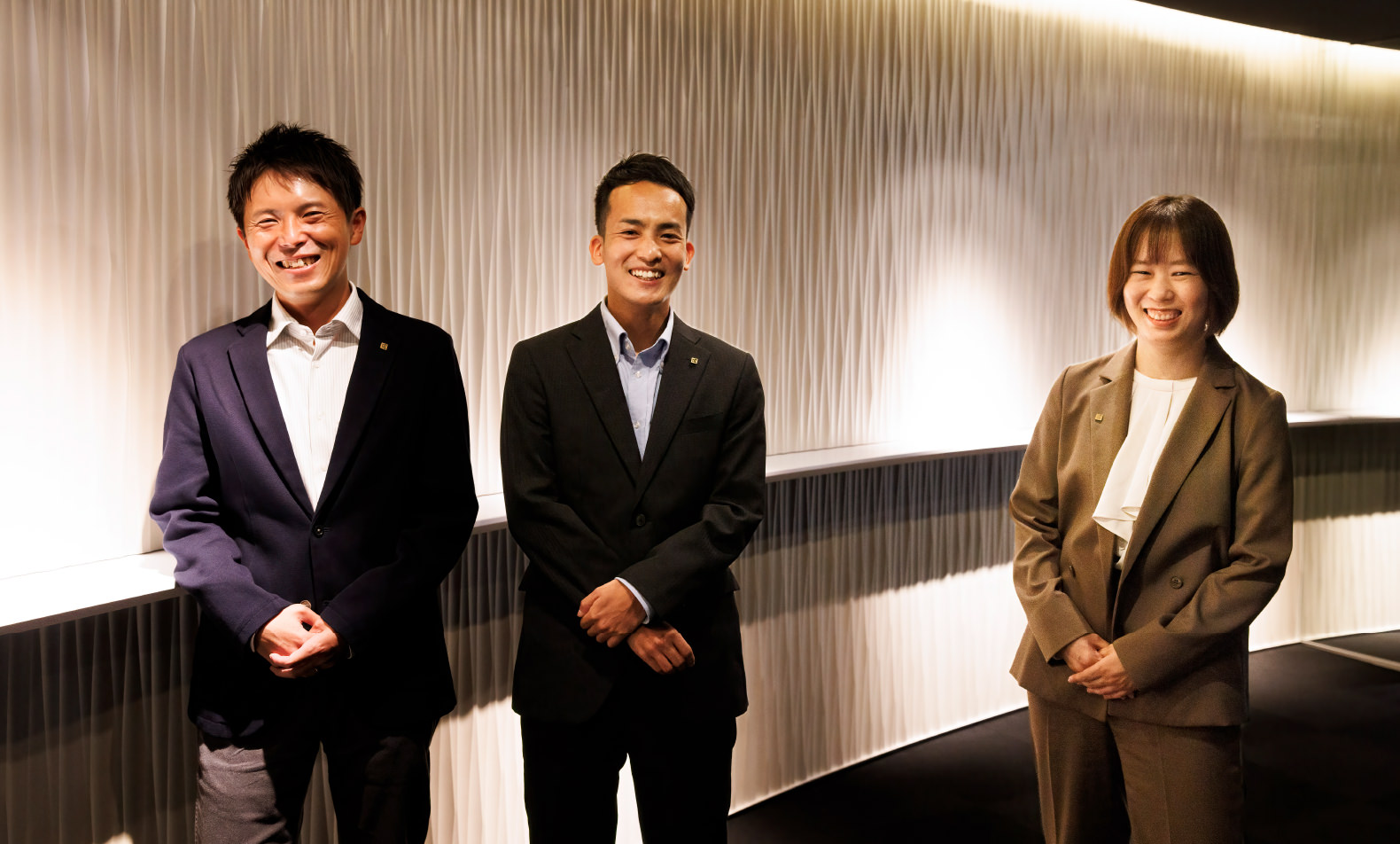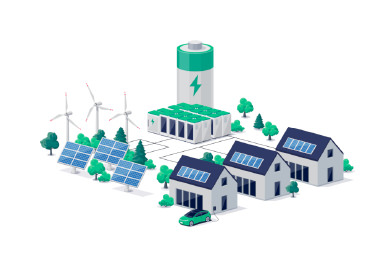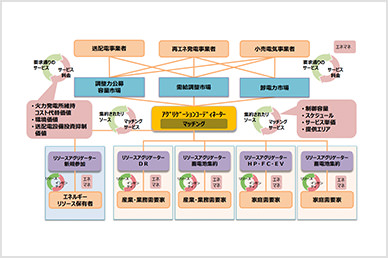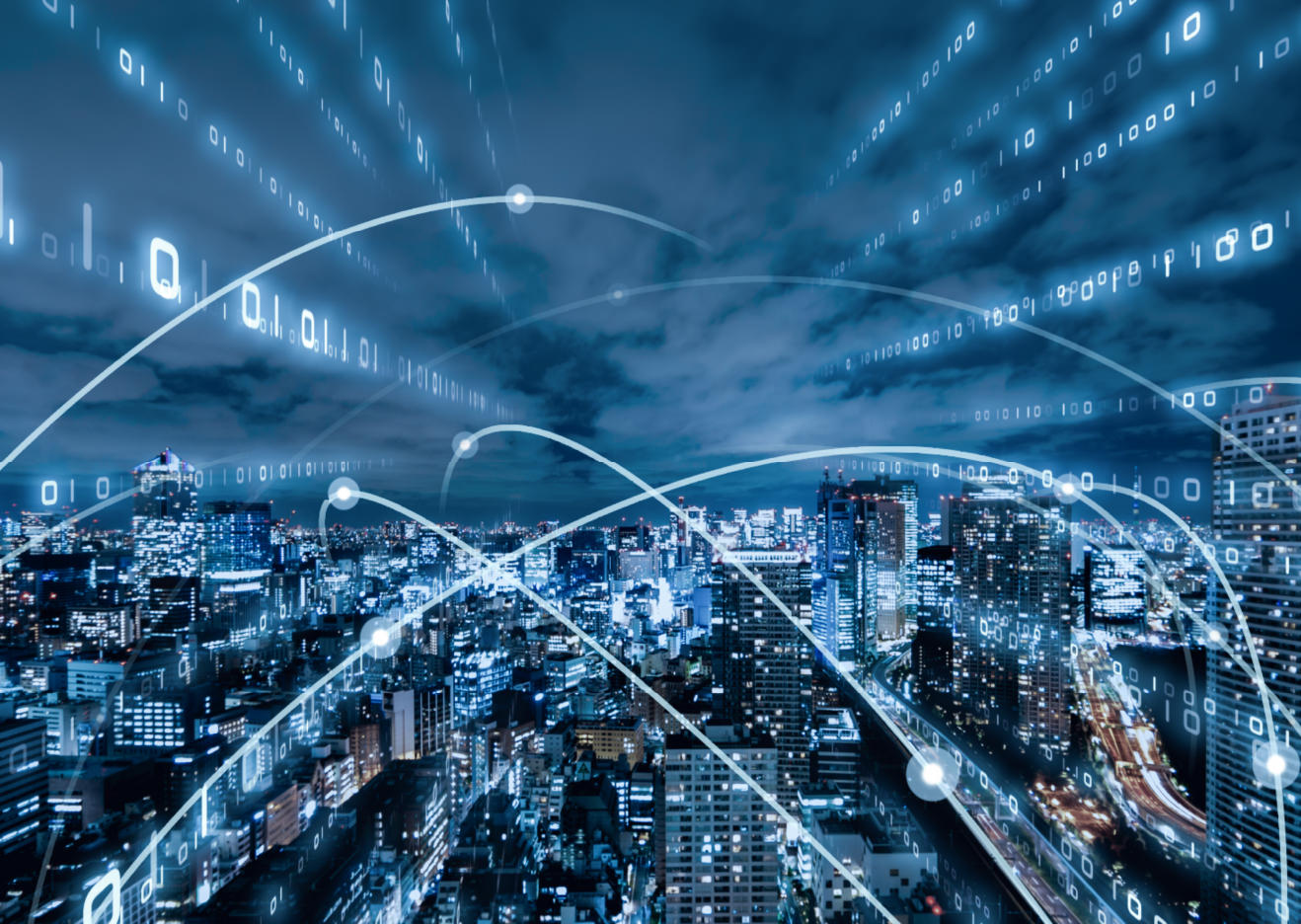Virtual Power Plants:
Connecting Homes
and Tackling Energy Problems
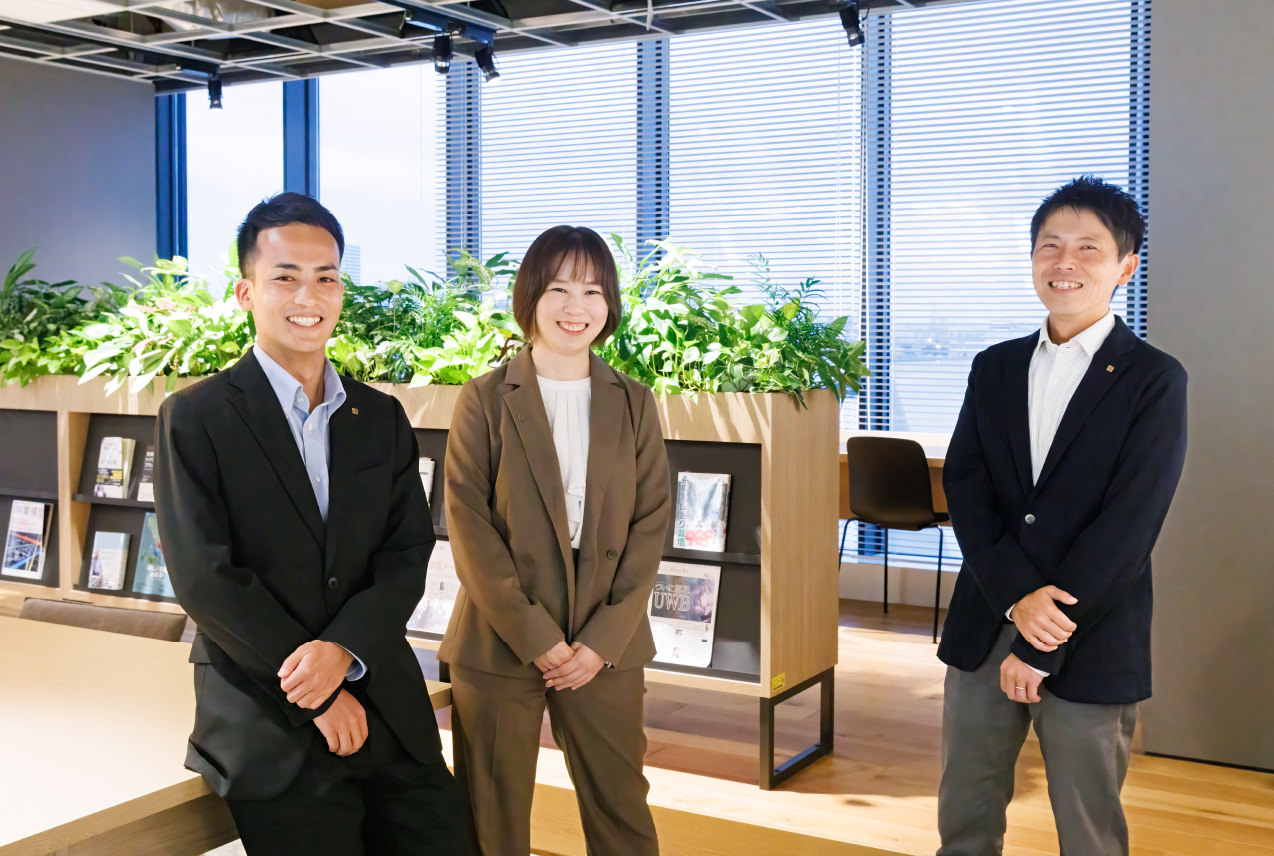

Focusing on Electricity Generation in Homes for Clean Energy Centered within Communities

Like international sustainable development goals, which aim to create a sustainable society, producing and utilizing renewable energy is now commonplace in the global community. Compared with other countries, Japan is lacking in energy resources, and technological innovation for increasing the country’s rate of energy self-sufficiency is one of its most pressing issues.
ZEH (net Zero Energy House), which produces the electricity necessary for daily life by itself and reduces the balance of energy used in the home to zero or less, is also attracting attention. Kyocera, which began developing solar cells about half a century ago and has since developed photovoltaic power generation systems and storage batteries, has focused its attention on the electricity produced by each household. Kyocera is involved in verification experiments as a resource aggregator (*1) for VPPs (Virtual Power Plants), which aim to use household electricity efficiently.
*1. Business operators that control distributed energy resources—for example, storage batteries, fuel cells, and electric generators—through direct contracts for VPP services with consumers (those receiving and using electricity).
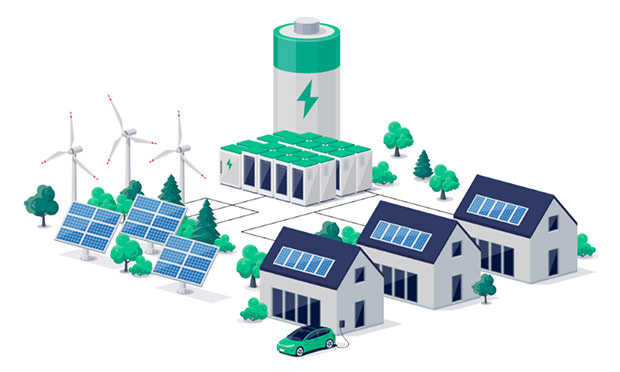
Virtual Power Plant (VPP)
The VPP is a technology and mechanism that integrates control of distributed energy resources through information and communications technology and enables those resources to function like a single power plant (hence the name, “virtual power plant”).
Leveraging Our Track Record in the Field of Solar Power Generating Systems and Storage Batteries to Support People During Natural Disasters
-
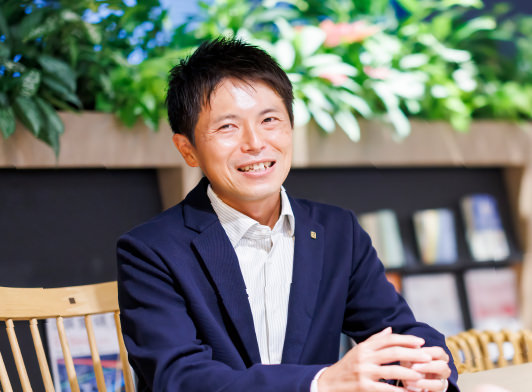 Senior ManagerSmart Energy System Laboratory
Senior ManagerSmart Energy System Laboratory
Advanced Technology Research Institute
Corporate R&D Group -
 VPP System Development EngineerSmart Energy System Laboratory
VPP System Development EngineerSmart Energy System Laboratory
Advanced Technology Research Institute
Corporate R&D Group -
 VPP System Development EngineerSmart Energy System Laboratory
VPP System Development EngineerSmart Energy System Laboratory
Advanced Technology Research Institute
Corporate R&D Group
-

I have been interested in environmental issues for a long time, and I also worked on research into renewable energy as a university student. Kyocera has been a pioneer in the development of solar power-generating systems. I was impressed with how the company was tackling energy issues from the perspective of devices, which are at the root of solutions to those problems. I decided to join the company because I felt this was also in line with my area of interest. Kyocera has cultivated its know-how in the field of electricity generation and storage over many years, and I think the VPP is a technology that leverages that know-how and develops it further.
-

I think so, too. Kyocera has been trying to develop photovoltaic power generation systems since 1975 as a solution to energy problems and has been working to expand the use of such systems in society. However, when we began our research and development, society's awareness of "renewable energy" and "private power generation" was still low, and we heard that we struggled quite a bit. The Great East Japan Earthquake and the resulting nuclear power plant accident made people aware of the possibility of generating and storing electricity in their homes. The experience of rolling blackouts due to power shortages and other problems led to an increase in the number of people installing solar power generation systems in their homes as one of the measures to prevent blackouts and save power.
-

Firstly solar power generating systems became popular, and then later, storage batteries began attracting attention. Usually, household electricity consumption is lower during the day and increases at night. On the other hand, solar power systems generate larger amounts of electricity in the daytime. That generation is not constant because they are also affected by the weather and time of day. As a result, there has been an increasing need for storage batteries that enable consumers to retrieve the electricity they have generated at home and use it, but only in the required amounts and at the times they want. In response to such social trends, Kyocera began developing energy storage systems for residential use, launching a solar power generation-coupled lithium-ion energy storage system in 2012, followed by the commercialization of the Enerezza® energy storage system with SemiSolid lithium-ion storage batteries in 2019. Gradually, storage batteries are becoming more widely used in ordinary homes.
-
- *Enerezza is a registered trademark of Kyocera Corporation.
-

At present, Kyocera can develop its VPP business because it has a track record of popularizing solar power generating systems and storage batteries.
-

In line with the mood of the times, a greater number of homes possess solar power generating systems, storage batteries, and so on, and the purpose of our VPP business is the efficient use of energy generated in homes, not just by the households themselves, but in society. In other words, the VPP connects these individual households together to form a network. Put simply, the VPP is a network that connects all homes with electricity generation and storage systems together in an electric power network and delivers electricity from homes with a surplus to those that require more. In this way, our mission is to efficiently operate VPPs and pass on energy to every household. At Kyocera, we started verification tests for the VPP in 2016, connecting solar power generating systems and storage batteries installed in private homes and so on to our VPP network. We have also begun tests for adjusting actual electricity supplies.
-

As I just mentioned, the amount of electricity used in homes constantly fluctuates. Less electricity is consumed during the day when many people are out, whereas more is consumed at night at home or when the weather is particularly hot or cold. Conventional energy providers adjust electricity supplies according to amounts used at different times. I am responsible for predicting those fluctuations in consumption and developing algorithms to adjust supplies so that households can handle electricity supply without waste.
-

Has anything new become apparent since you entered the testing phase for delivering electricity to households?
-

As you might expect, we feel a great sense of responsibility from the standpoint of controlling electricity, which is essential for people’s daily lives. If the accuracy of our predictions is unsatisfactory, the households that are using our VPP will be inconvenienced. That’s precisely why we are delighted whenever we use AI to predict the appropriate amount to be supplied successfully and have been able to adjust that amount exactly as required. Those are the moments when we look at the graphs and feel we did a great job.
-

Being responsible for electricity supplies, which are inextricably linked with the infrastructure supporting people’s lives, really is a big issue. I am responsible for VPP technological research into coordinating supply and demand in the electrical grid, so I feel the weight of that responsibility daily. Currently, we are at the testing stage, and the number of distributed energy resources being controlled with VPP is limited. Still, when the time comes to put it into practice, it will be necessary to increase that number to a scale in the tens of thousands. But the reality is that not all the solar power generating systems, storage batteries, and so on installed in people’s homes are compatible with VPP. To connect a higher number of electricity generation and storage systems to the VPP, we are also working hard on research into improving device performance at Kyocera.
-

The way of thinking behind VPPs is to provide electricity supplies—which are currently upheld by large-scale power stations—through strength in numbers, so technological development for increasing the number of electricity generation and storage systems that can be connected to the network is also a crucial first step toward practical use. The distinctive feature of VPPs, in which homes act like miniature individual power stations that are physically separated from one another, is that they are excellent from the perspective of disaster preparedness. Until now, when large power stations were damaged due to disasters or similar, many of the communities supported by that electric power network faced power outages. In that sense, I think a VPP is the ultimate electricity infrastructure system for eliminating that risk.
-

I agree. While a VPP is central to people’s everyday lives because it always provides electricity, it is also a powerful disaster preparedness tool, especially in Japan, which is particularly prone to natural disasters. Therefore, as I work on this research, I can appreciate how worthwhile it is to undertake technological development that supports people’s lives.
The Local Production and Consumption of Renewable Energy Will Also Lead to the Protection of the Global Environment
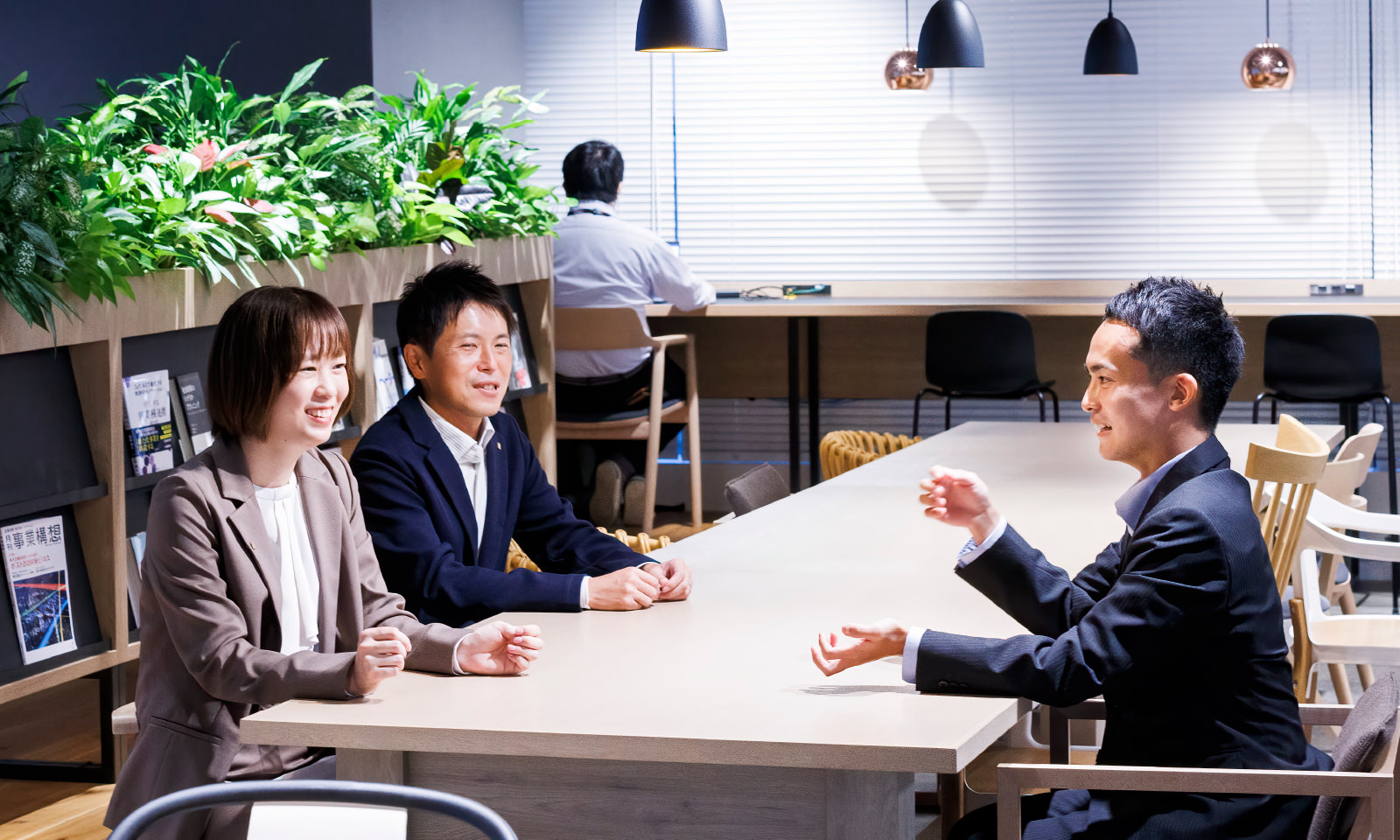
-

As well as being a solution that transforms the present into something more positive—for example, in terms of daily life and disaster preparedness—I think the VPP is also a desirable technology from the perspective of building a future in which we can protect the global environment.
-

Local production for local consumption is often suggested as the model for sustainable lifestyles, and this technology can be utilized similarly in the energy sector. The electricity controlled using the VPP is produced from renewable sources such as sunlight. I hope the VPP will become a new standard for energy supply and demand that is not overly dependent on fossil fuels.
-

Decarbonization is an issue that is becoming more and more evident and that the whole world should be working on. In recent years, consumers’ interest in methods for producing and using sustainable energy has been increasing at incredible speed, so we would like to reflect current trends and make VPPs a natural part of people’s everyday lives.
-

As someone supervising this project, what are the following obstacles that VPPs will need to overcome?
-

We have gathered all kinds of data during test operations, which is very close to implementation as a technology. However, the VPP is a technology that exists thanks to homes that are equipped with solar power generating systems, storage batteries, etc. Many households still feel that introducing such things is too expensive, so I would also like to pursue greater ease of introduction.
-

In the future, the VPP will significantly contribute to decarbonization, which can help with global warming, climate change, and accompanying food shortages. I believe that VPPs will assist in creating a future in which children and those responsible for future generations can live happily and with peace of mind. I want to continue engaging in our research with this in mind.
Understanding New Challenges and Future Projects
Being Undertaken at Kyocera
Kyocera’s Main Growth Markets
-
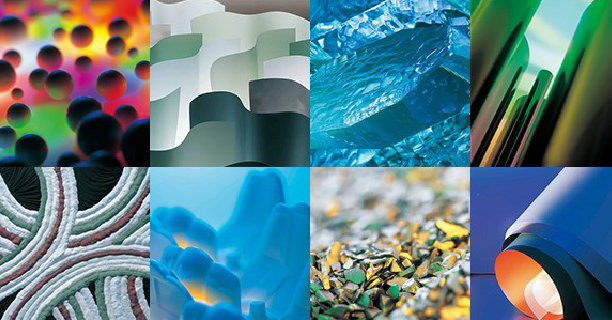 Ever since the company was founded in 1959, Kyocera has engaged in the application and development of advanced ceramic (also known as “fine ceramic”) technology in a wide range of fields, from materials and parts to devices, services, and networks. This site looks at the various technologies shaping the future.
Ever since the company was founded in 1959, Kyocera has engaged in the application and development of advanced ceramic (also known as “fine ceramic”) technology in a wide range of fields, from materials and parts to devices, services, and networks. This site looks at the various technologies shaping the future. -
 Kyocera has been developing market-leading breakthroughs since its very inception. In this website,we present information on Kyocera’s intellectual property and licensing programs that can bring new value to the world.
Kyocera has been developing market-leading breakthroughs since its very inception. In this website,we present information on Kyocera’s intellectual property and licensing programs that can bring new value to the world. -
 Kyocera’s open innovation initiative brings together technologies and ideas from both within and outside the company to create new value and develop new businesses.
Kyocera’s open innovation initiative brings together technologies and ideas from both within and outside the company to create new value and develop new businesses.



